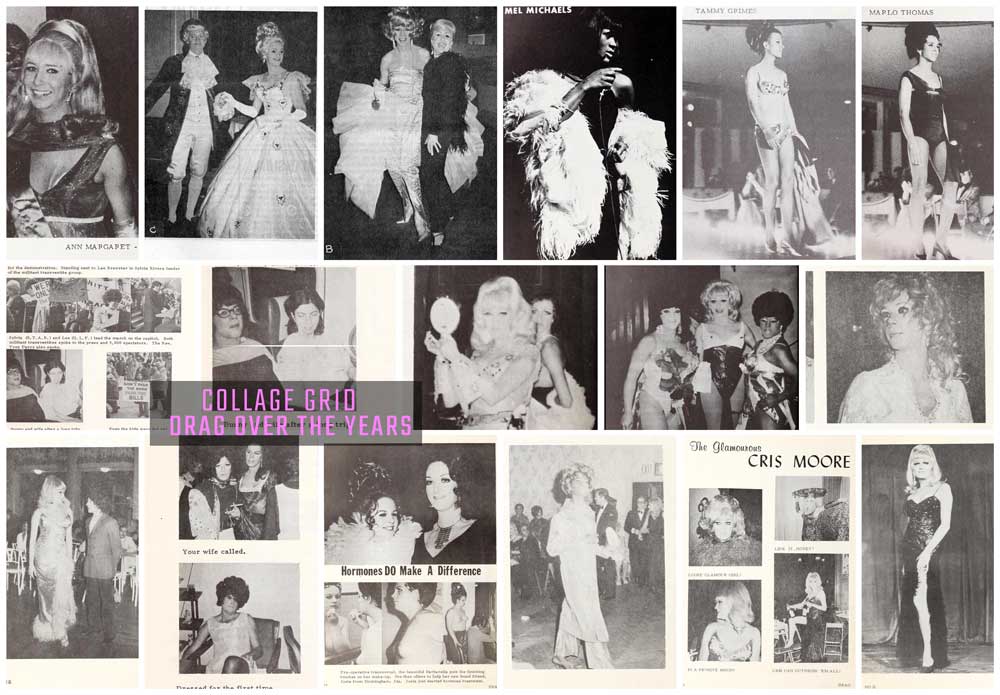
Introduction
The Vibrant History of Drag Queens
Embark on an exploration of the rich and vibrant history of drag queens. This journey traverses through the ages, from the earliest instances of drag to its modern-day manifestations. We’ll delve into the origins of drag, its evolution over time, and its profound impact on culture and society.
Recognizing the history of drag queens goes beyond appreciating the art of drag itself. It’s about acknowledging the courage, resilience, and creativity of those who have defied societal norms to express their true selves. Furthermore, it’s about understanding the significant role drag queens have played in advocating for LGBTQ+ rights and in shaping our collective understanding of gender and identity.
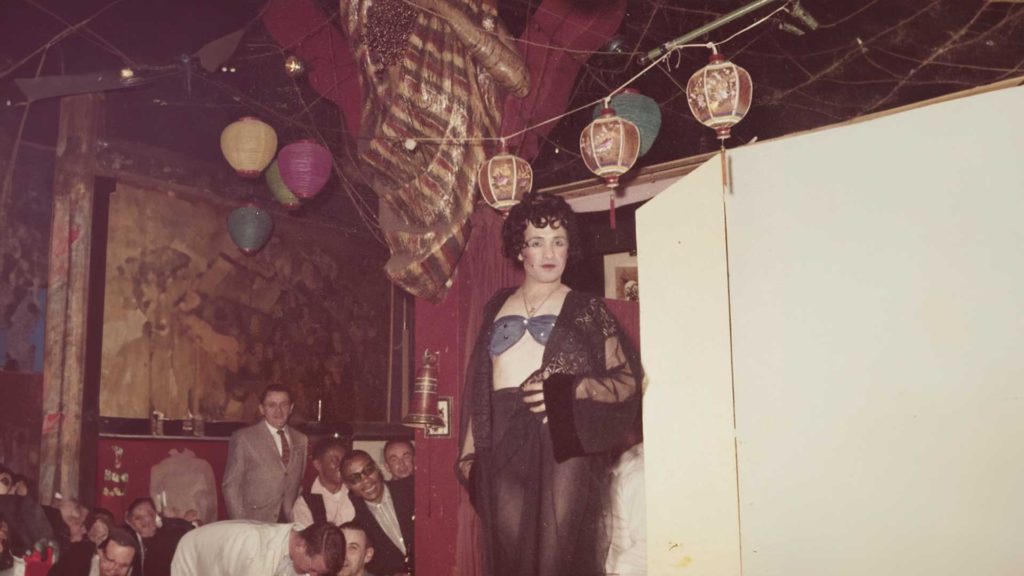
The Origins of Drag
Defining Drag
The term “drag” is believed to have originated in the theater world, referring to men dressing in women’s clothing for performances. However, the concept of drag extends far beyond this definition and far back into history.
Early Instances of Drag in History
Drag’s history is long and diverse, spanning cultures and continents. The term “drag” is believed to originate from theater, standing for “Dressed Resembling A Girl,” describing male actors in female roles. However, drag’s roots run deeper and further back in history.
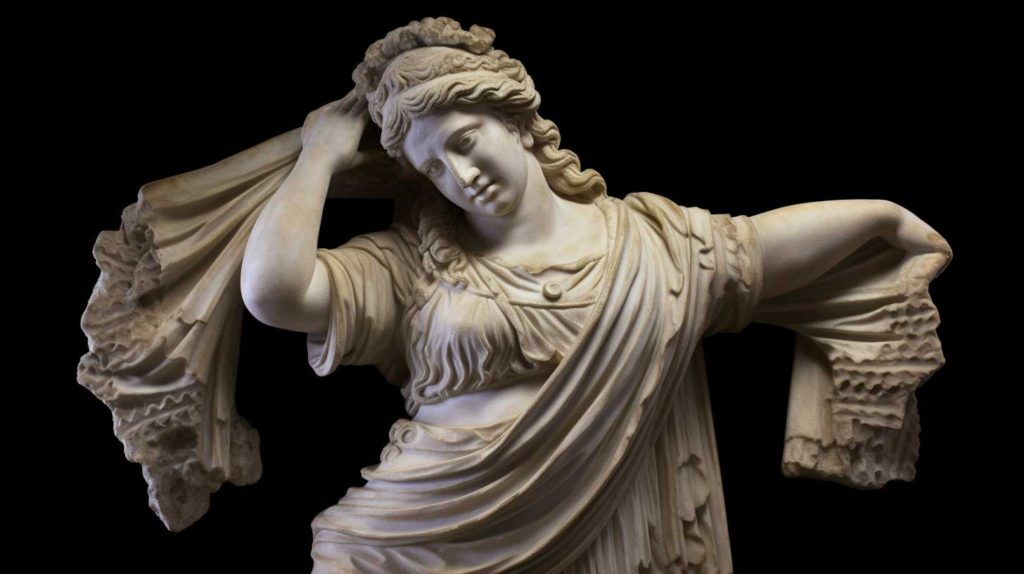
Ancient societies incorporated forms of drag in rituals and performances. In ancient Rome, men played women’s roles in theater. Some Native American tribes revered Two-Spirit individuals, embodying both masculine and feminine traits, performing both male and female roles in ceremonies.
During the Elizabethan era, men commonly played female roles in plays, as women weren’t allowed on stage. This practice, known as “breeches roles,” is one of Western culture’s earliest drag forms.
Cultural Significance of Drag in Different Societies
Remarkably, the cultural significance of drag exhibits a broad spectrum of interpretations across diverse societies. In certain cultures, for example, drag integrates seamlessly into religious or ceremonial practices. Conversely, other societies embrace it as a form of entertainment or a catalyst for challenging societal norms.
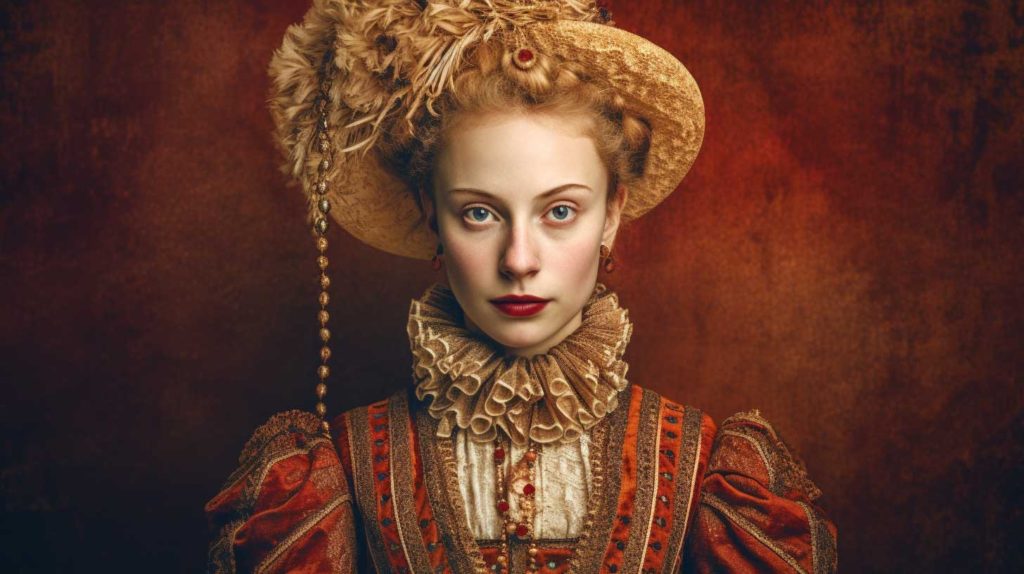
Focusing on Western societies, drag queens have ascended to the forefront of the LGBTQ+ rights movement. They harness their platform to fervently champion equality and acceptance. Additionally, their influence has made a profound impact on popular culture, steering trends in areas such as fashion, music, and television.
Drag in the 20th Century
The 20th century marked a significant turning point in the history of drag queens. It was during this time that drag began to emerge from the shadows, moving from the fringes of society to the mainstream.
The Emergence of Drag Queens in the 20th Century
In the early 20th century, drag performances were primarily confined to underground venues and private events. However, the advent of the gay rights movement in the mid-century brought drag queens into the spotlight. They became symbols of resistance and freedom of expression, using their performances to challenge societal norms and advocate for LGBTQ+ rights.
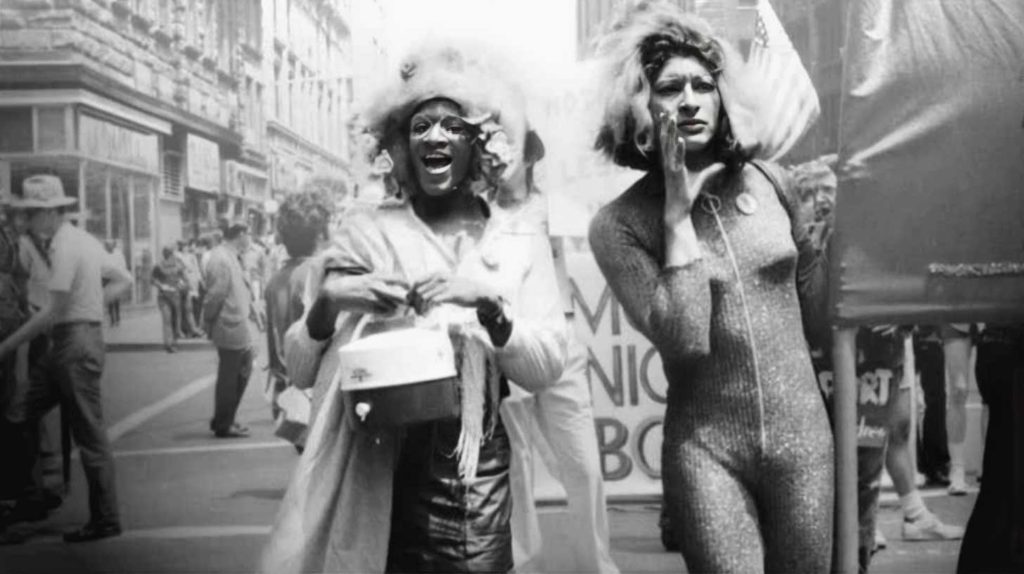
The Stonewall Riots in 1969, a pivotal moment in the gay rights movement, were led in part by drag queens. This event marked a turning point in the visibility and acceptance in society.
Influence of Drag on Popular Culture
As drag queens became more visible, they also began to influence popular culture. They brought a new level of creativity and flamboyance to fashion, music, and television, pushing boundaries and challenging conventional notions of gender and beauty.
Shows like “RuPaul’s Drag Race” have brought drag into the living rooms of millions of people around the world, showcasing the artistry, talent, and resilience of drag queens. The show has also helped to dispel stereotypes and foster a greater understanding and acceptance of drag queens and the LGBTQ+ community.
Key Figures and Milestones in the Drag Community
There have been many influential figures in the drag community throughout the 20th century. One of the most notable is RuPaul, who has been credited with bringing drag into the mainstream through his hit show “RuPaul’s Drag Race.”
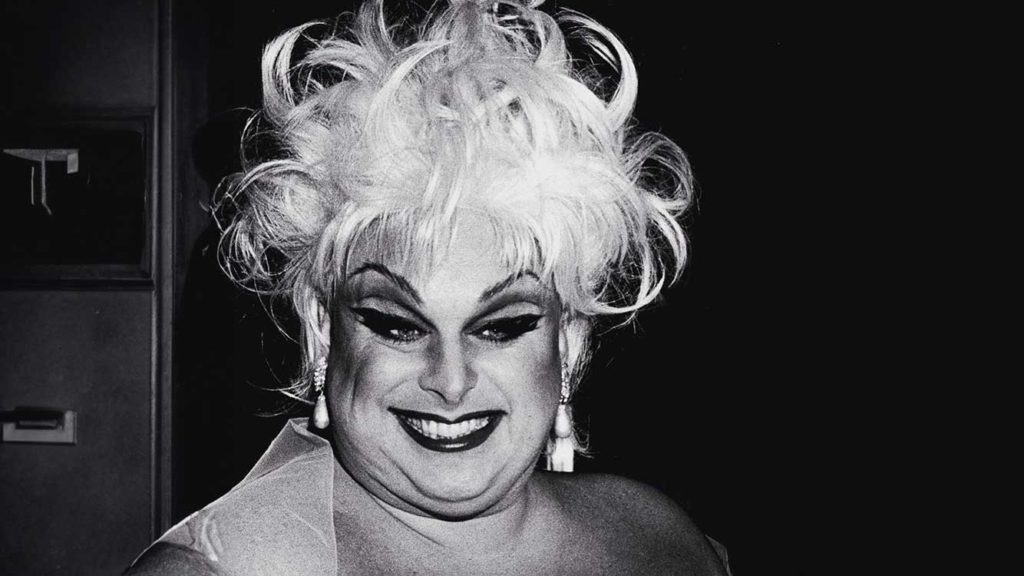
Other key figures include Marsha P. Johnson and Sylvia Rivera, both of whom were prominent figures in the Stonewall Riots and went on to advocate for transgender rights. Their contributions to the drag community and the broader LGBTQ+ rights movement cannot be overstated.
The Role of Drag Queens in the LGBTQ+ Community
Drag queens have played a pivotal role in the LGBTQ+ community, serving as activists, influencers, and champions of change. Their contributions to the fight for equality and acceptance have been significant and far-reaching.
Drag Queens as Activists and Influencers
In the face of societal prejudice and discrimination, drag queens have consistently stood on the front lines of the fight for LGBTQ+ rights. They have used their platform to challenge societal norms, advocate for equality, and raise awareness of LGBTQ+ issues.

Marsha P. Johnson and Sylvia Rivera were instrumental in the Stonewall Riots, a pivotal moment in the gay rights movement. They continued to advocate for LGBTQ+ rights throughout their lives, with a particular focus on the rights of transgender individuals.
In more recent years, drag queens have used their influence to promote acceptance and understanding of the LGBTQ+ community. Shows like “RuPaul’s Drag Race” have brought drag into the mainstream, helping to dispel stereotypes and foster a greater appreciation of the art of drag.
Contributions of Drag Queens to the LGBTQ+ Rights Movement
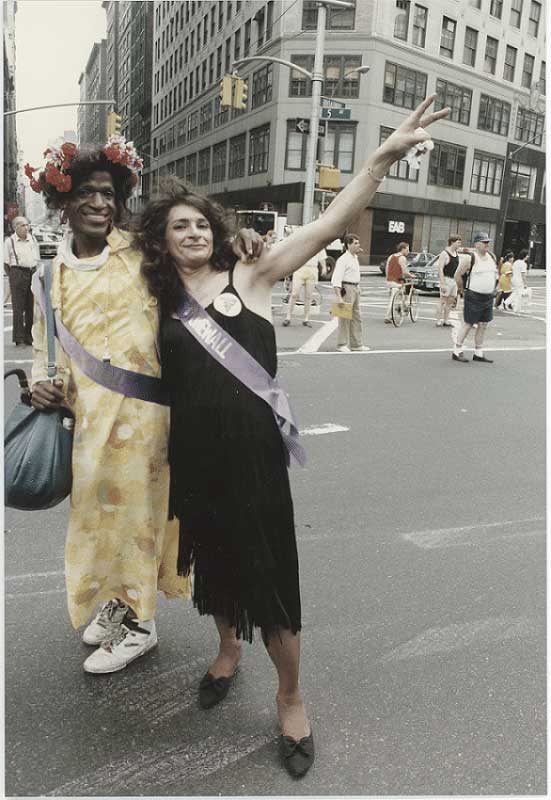
The contributions to the LGBTQ+ rights movement are numerous and significant. They have been instrumental in advocating for legal protections for LGBTQ+ individuals, raising awareness of LGBTQ+ issues, and promoting acceptance and understanding.
Drag queens have also played a key role in shaping the cultural and societal understanding of gender and identity. Through their performances, they challenge conventional notions of gender, encouraging audiences to question and rethink their own perceptions.
Drag Queens in Modern Times
In the 21st century, drag queens have moved from the fringes of society to the mainstream, gaining widespread acceptance and influencing various aspects of popular culture.
The Mainstream Acceptance of Drag Queens
The acceptance of drag queens in mainstream society has been a gradual process, fueled in part by the broader acceptance of the LGBTQ+ community. Today, we recognize drag queens not only for their entertainment value but also for their artistry, creativity, and courage.

This acceptance manifests in their increasing visibility across various societal aspects, spanning entertainment, media, politics, and activism. We now celebrate drag queens as prominent figures at Pride parades, influential voices on social media, and respected artists in the entertainment industry.
Influence of Drag Queens in Media and Entertainment
Drag queens have had a significant impact on media and entertainment, influencing everything from fashion and music to television and film. Their bold, flamboyant style has inspired fashion designers, while their performances have brought a new level of creativity and diversity to the entertainment industry.
Drag queens have also made their mark on television, with shows like “RuPaul’s Drag Race” and “Dragula” showcasing the talent and diversity of the drag community. These shows have not only entertained millions of viewers but have also helped to dispel stereotypes and foster a greater understanding and acceptance of drag queens.
The Impact of Shows Like “RuPaul’s Drag Race”
“RuPaul’s Drag Race” has been particularly influential in bringing drag into the mainstream. The show, spotlighting drag queens in a competition filled with diverse challenges, receives acclaim for its celebration of diversity, creativity, and self-expression. This program, showcasing a competition among drag queens, garners praise for its tribute to diversity, ingenuity, and individuality.
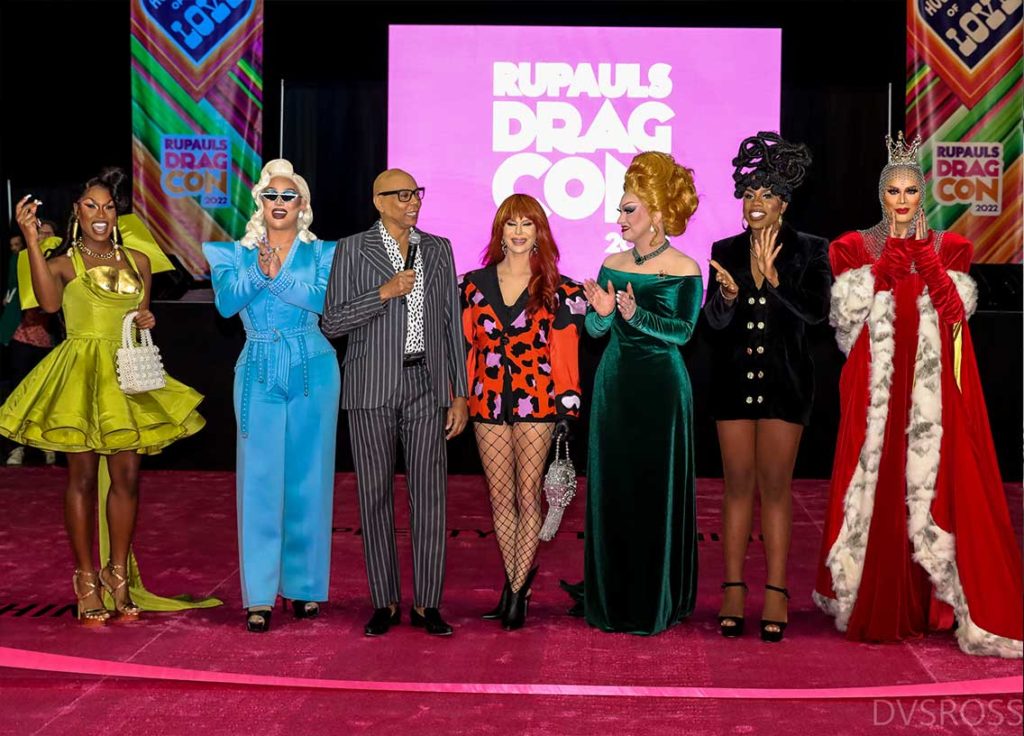
The success of “RuPaul’s Drag Race” has helped to elevate the status of drag queens, making them household names and giving them a platform to advocate for LGBTQ+ rights. The show has also inspired a new generation of drag performers, encouraging them to embrace their individuality and express themselves through the art of drag.
The Future of Drag
As we look towards the future, it’s clear that drag queens will continue to play a significant role in shaping our society and culture. They will continue to push boundaries, challenge norms, and inspire others with their creativity and courage.
Emerging Trends in the Drag Community
The drag community is constantly evolving, with new trends emerging all the time. One such trend is the increasing diversity within the drag community. Today, drag is not just performed by men dressing as women, but also by women dressing as men (known as drag kings), and individuals who blur the lines of gender entirely.
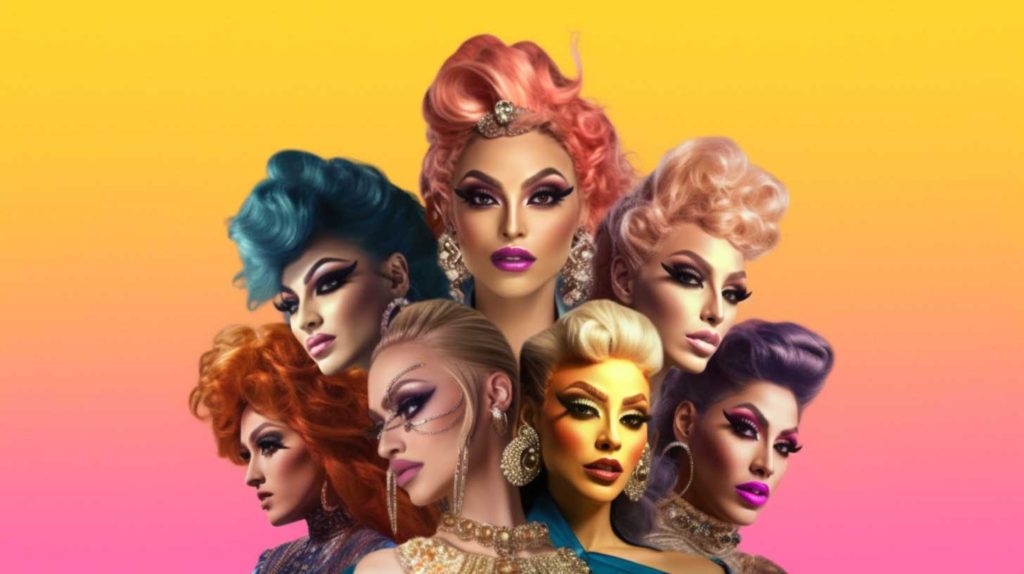
Another emerging trend is the increasing recognition of drag as a legitimate form of art. More and more, drag performances are being seen not just as entertainment, but as a form of artistic expression that challenges conventional notions of gender and identity.
Finally, we’re seeing a trend towards greater inclusivity within the drag community. This includes the acceptance of transgender drag performers, who have historically been marginalized within the community.
The Role of Drag Queens in Shaping Future Societal Norms
Drag queens have always been at the forefront of societal change, challenging norms and pushing boundaries. As we move into the future, their role in shaping societal norms will only become more significant.
Through their performances, drag queens challenge conventional notions of gender, encouraging audiences to question and rethink their own perceptions. This has the potential to foster a more inclusive and accepting society, where individuals are free to express their true selves without fear of judgment or discrimination.

In addition, drag queens will continue to use their platform to advocate for LGBTQ+ rights, raising awareness of issues affecting the community and pushing for greater equality and acceptance.
Related Topics
Choosing the Right Outfits for Drag Queen Performances
Drag Queen Makeup: Contouring Techniques Revealed
Affordable Drag Makeup Kits for Beginners | Unleash Your Inner Diva
Conclusion
Reflecting on the Impact of Drag Queens
As we conclude our journey through the history of drag queens, it’s important to reflect on their significant impact on history and society.
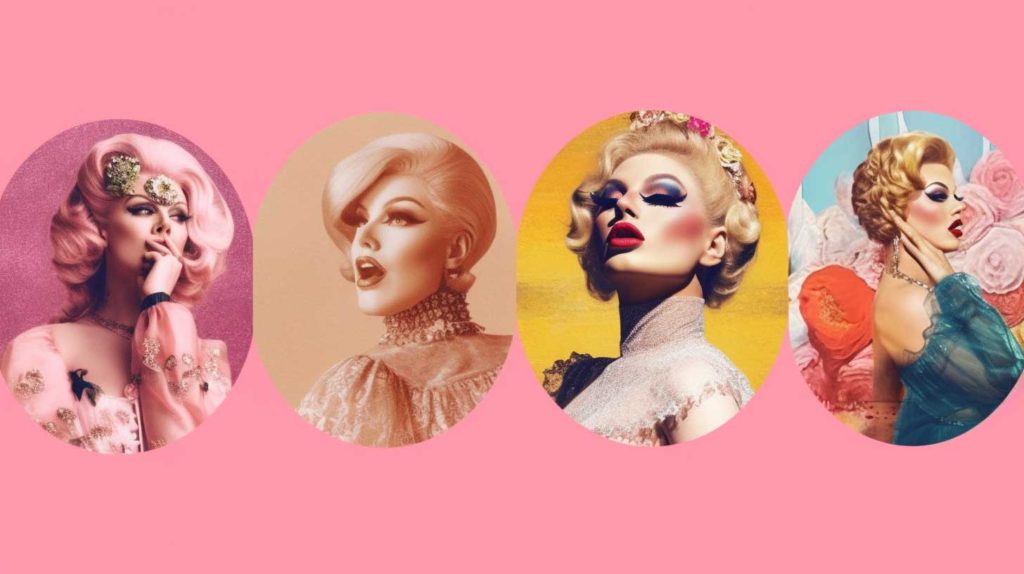
Recap of the Importance of Drag Queens in History and Society
From their early origins in ancient societies to their emergence as influential figures in the 20th century, drag queens have left an indelible mark on history. They have challenged societal norms, pushed the boundaries of gender and identity, and used their platform to advocate for LGBTQ+ rights.
In modern times, drag queens have gained mainstream acceptance and have significantly influenced popular culture. Shows like “RuPaul’s Drag Race” have brought drag into the living rooms of millions of people around the world, showcasing the artistry, talent, and resilience of drag queens.
Final Thoughts and Reflections
Looking towards the future, it’s clear that drag queens will continue to play a significant role in shaping our society and culture. They will continue to inspire us with their creativity, challenge us with their defiance of norms, and lead us towards a more inclusive and accepting society.

The history of drag queens is not just a history of performance art, but a history of courage, resilience, and the relentless pursuit of self-expression. It’s a testament to the power of authenticity and the human spirit.
As we reflect on the history of drag queens, let’s also look forward to the future they are helping to shape – a future that celebrates diversity, champions equality, and embraces all forms of self-expression.
Thank you for joining us on this journey through the fascinating history of drag queens. We hope it has given you a deeper understanding and appreciation of the art of drag and the individuals who bring it to life.
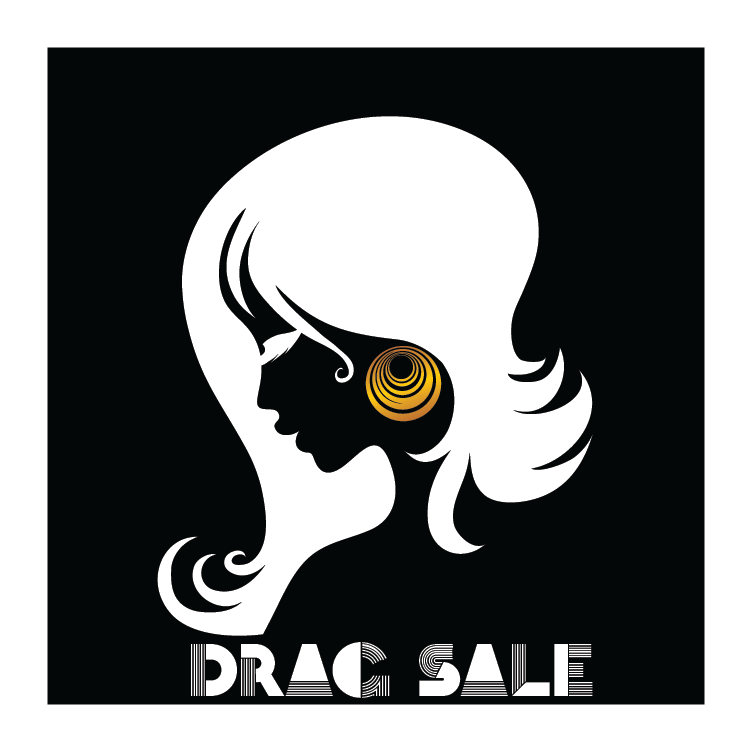
Leave a Reply